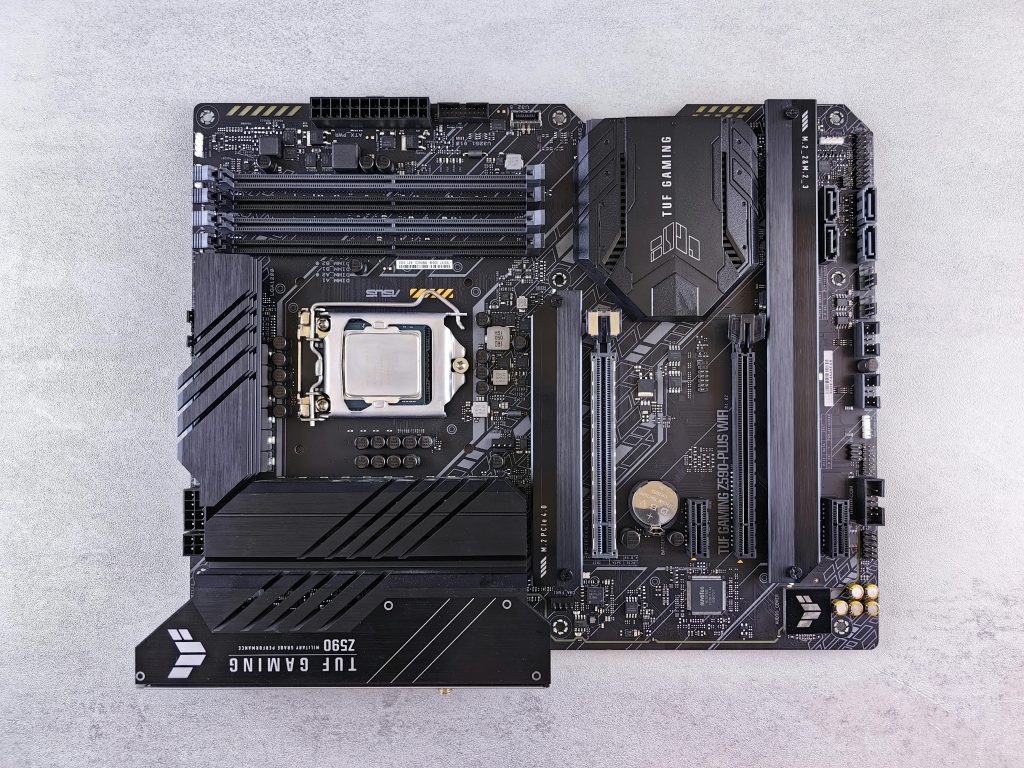Pushing the Limits: Overclocking an i7-870 in an Ice Bath
In the world of PC enthusiasts, overclocking is an exhilarating challenge that often tests the boundaries of hardware. Recently, I decided to revisit an old classic—the Intel i7-870—to see just how far I could take it on the bench.
After delidding the CPU, I took an unconventional approach by submerging it in an ice bath, coupled with maximum voltage adjustments. My ultimate goal was to achieve a staggering 4.5GHz. However, despite my efforts, the chip just wouldn’t stabilize enough to run through Cinebench. The closest I could get was an impressive 4.4GHz, but the most memorable result was a score of exactly 666 in R15—an eerily fitting number that felt like a cheeky signal from the processor to call it quits.
Throughout the process, I conducted four separate benchmarking runs. Two of these attempts yielded subpar results, while one involved using a submerged radiator. The final “suicide run” was an ambitious experiment to see if the CPU could even boot at maximum voltage, which was capped at 1.7v. Unfortunately, I didn’t set any records, but it was more about the thrill of pushing this old powerhouse to its limits before it protested.
For those interested in witnessing the chaos unfold, I compiled my overclocking adventure into a video for your viewing pleasure:
I Overclocked an i7-870 with an ICE BATH (Cinebench 666)
As a follow-up, I’m excited to announce that my next project will involve overclocking an i7-6700k, and I can’t wait to explore its potential. Stay tuned for more overclocking escapades!
Share this content:




Hi there,
It sounds like you’ve undertaken quite an adventurous overclocking project with your i7-870! While submerging CPUs in an ice bath can help reduce temperatures for extreme overclocking, it’s important to ensure that your hardware remains within safe operational limits to prevent damage—even if the chip has been “binned” or discarded.
From your description, it seems that stability was a significant challenge at high voltages and frequencies. For future attempts, consider the following tips:
While pushing hardware to its limits can be exhilarating, always prioritize hardware safety to avoid unintended damage, especially with unconventional cooling methods like ice baths. Good luck with your next project on the i7-6700k! Feel free to update us on your progress.